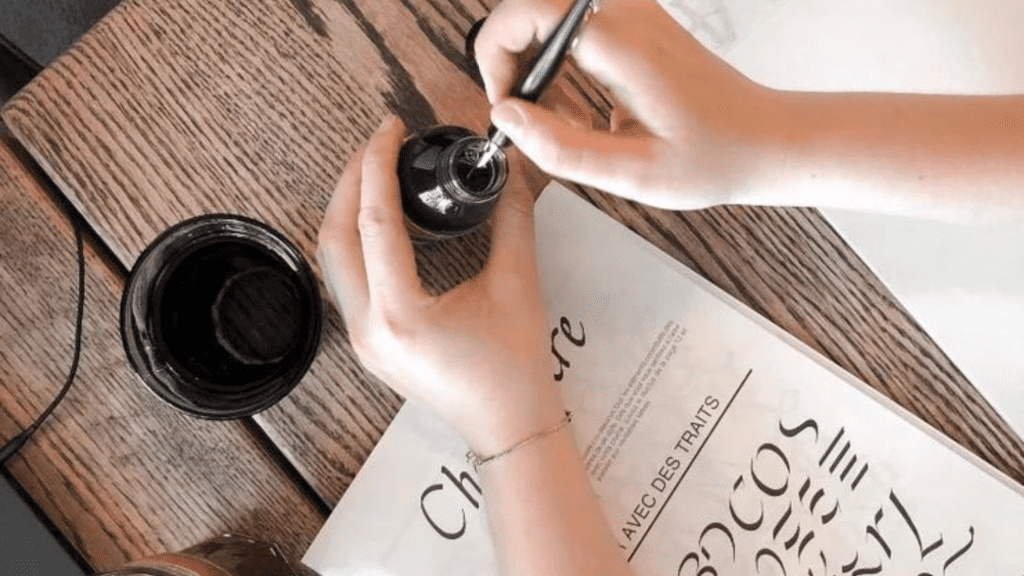
Many of us have reached for a paintbrush or a pencil, hoping to channel the inner artist, only to find the grand canvas in our minds doesn’t quite match the one in reality.
It can be frustrating, can’t it? But there’s an answer out there – one that isn’t just an outlet for your creativity but also a golden ticket back in time? Yes, we’re talking about the elegant and timeless art of calligraphy, where every stroke you make is a dance of ink and paper.
Calligraphy is simply the art of beautiful handwriting. It’s a form of visual art that involves creating decorative letters and symbols using a variety of tools and techniques. Calligraphy is appreciated for its aesthetics and is practiced both for tradition and personal expression.
Calligraphy emphasizes beauty and style. In western culture, it’s been relegated to wedding invitations, envelopes, etc. But a century ago, it was widely used around the globe.
In many eastern and mid-eastern cultures, it continues to be an inseparable part of identity.
Human history owes much of its record-keeping to calligraphy.
When I first started writing calligraphy, I didn’t dig into history. But I’ve spent so much time writing calligraphy, that after creating tutorials and buyer’s guides, I finally dug into its origins.
A good starting place is meaning of the word “calligraphy.”
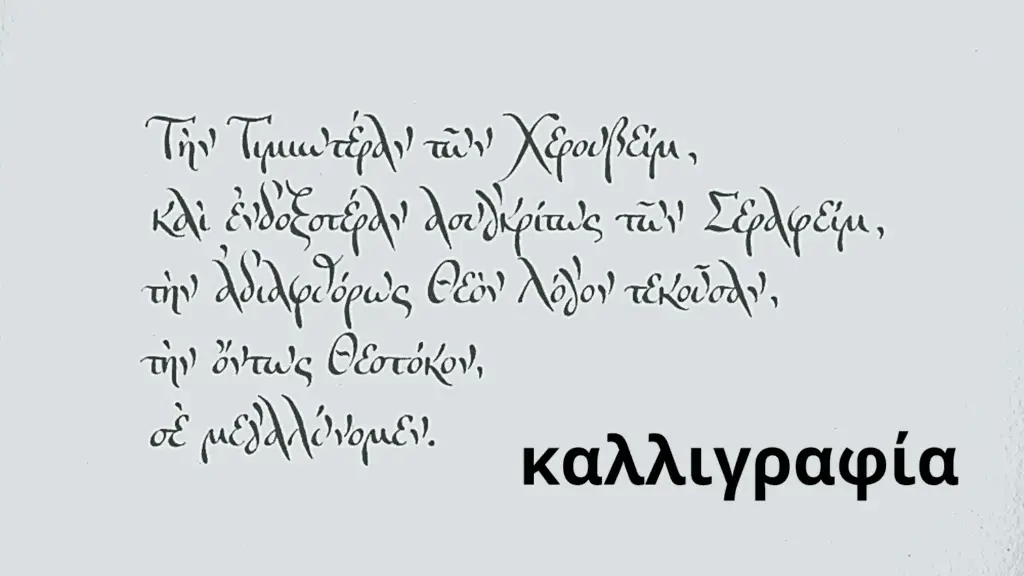
WHAT DOES CALLIGRAPHY MEAN?
The word “calligraphy” comes from the Greek word kallos, meaning “beautiful,” and graphein, meaning “to write.” Put it together and calligraphy means “beautiful writing.” While the word calligraphy is Greek, the art form of calligraphy did not originate in Greece.
What Is the Purpose of Calligraphy?
The purpose of calligraphy is to produce artistic lettering. It is employed to enhance the visual appeal of documents and artworks. The practice is appreciated for adding elegance to handwritten projects. It fosters creativity and precision, often pursued for its calming effects.
What’s the Difference Between Cursive and Calligraphy?
The difference between cursive and calligraphy lies in their purpose and execution. Cursive is a style of handwriting where letters are connected for speed and efficiency. Calligraphy is an art form focusing on the design and aesthetics of letters, often using special tools and techniques.
WHY IS CALLIGRAPHY AN ART?
Calligraphy is considered an art because it involves creating decorative letters with aesthetic appeal. It goes beyond mere writing to encompass design, creativity, and technique. Artists use various tools to craft letters, focusing on harmony and balance, which elevates it to an art form.
WHERE DID CALLIGRAPHY ORIGINATE?
Calligraphy has been around for millennia and the details of its origin are shrouded in some mystery and debate. But China is largely recognized as the first to use calligraphy, and Japanese, Indian, and Persian cultures are widely responsible for its continued expansion across the globe.
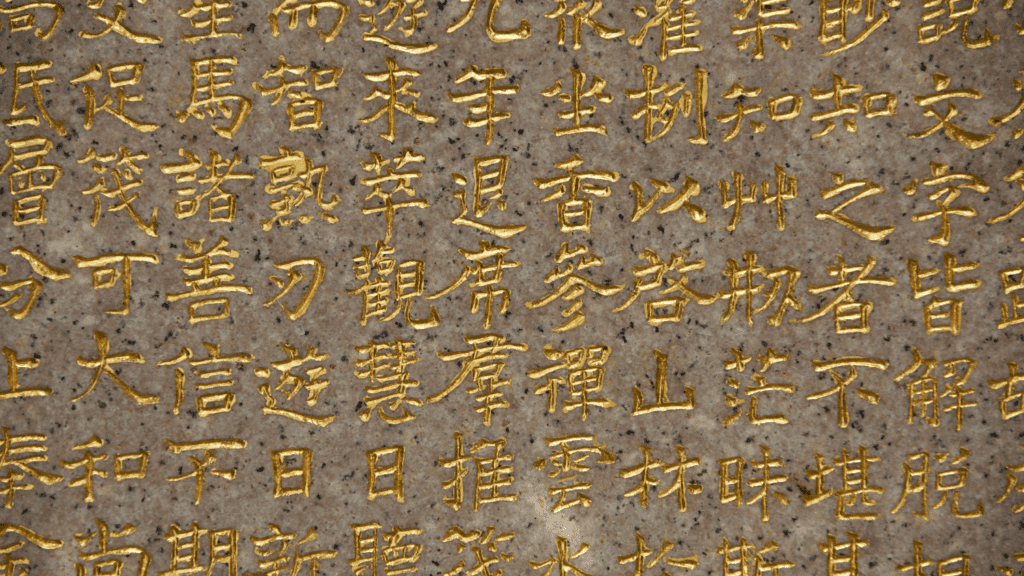
You can still see calligraphy in each of those countries’ written languages today (and in many other countries!)
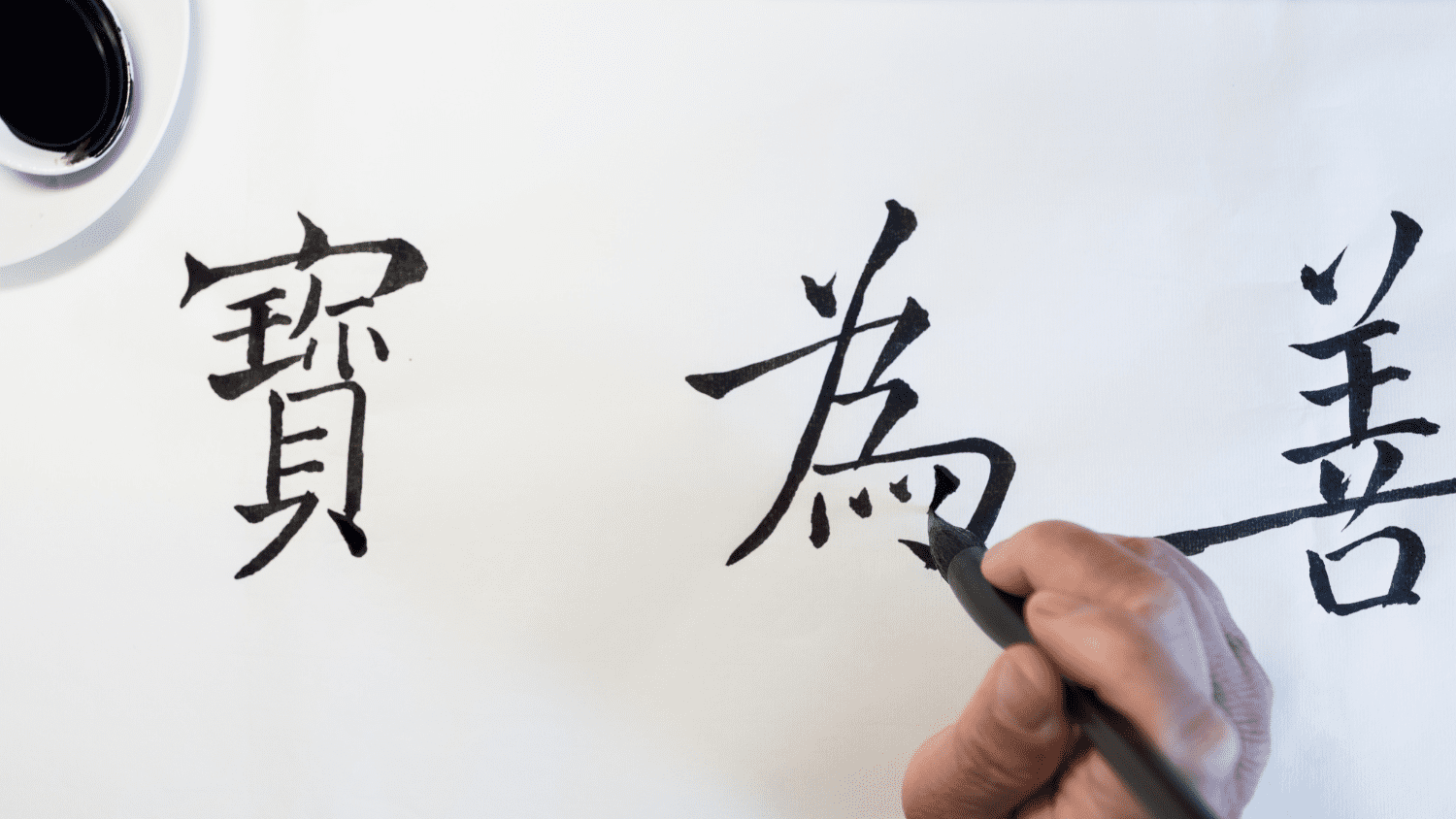
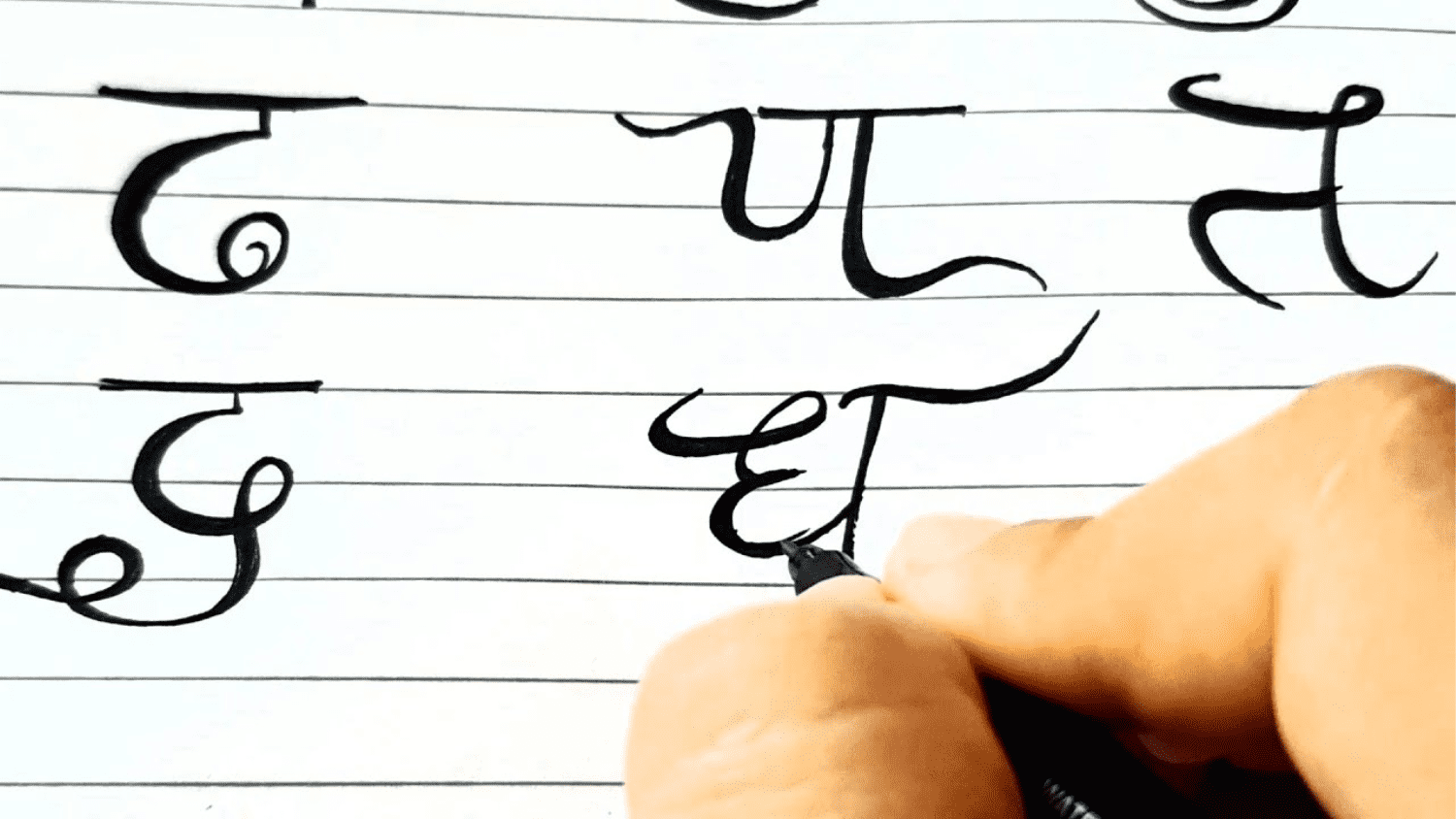
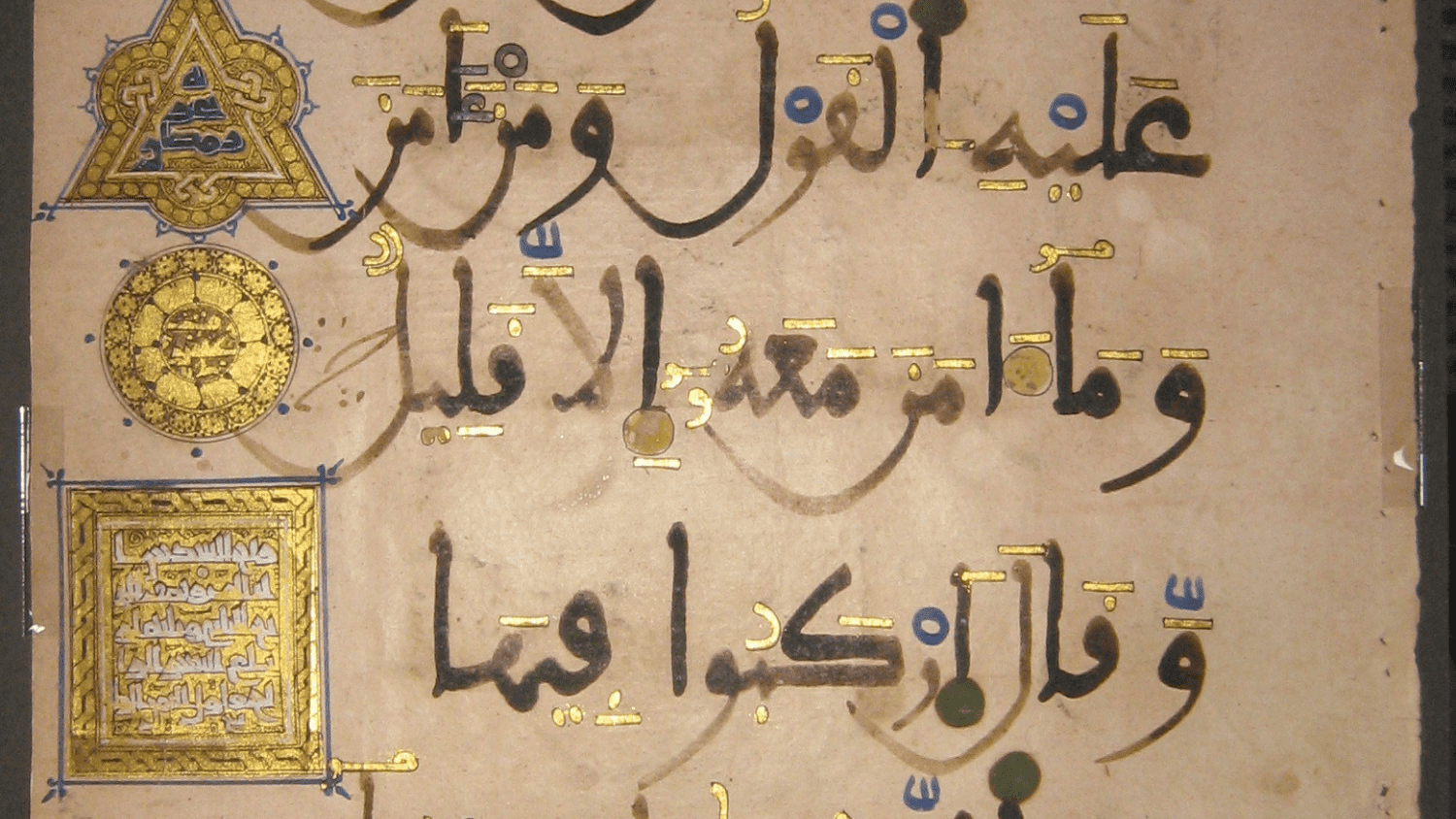
HOW DID CALLIGRAPHY BEGIN?
Pictographs are the oldest form of written communication, and kicked off the whole written language thing. These are the forerunners to today’s emoji – simple pictures that represent an object or idea.
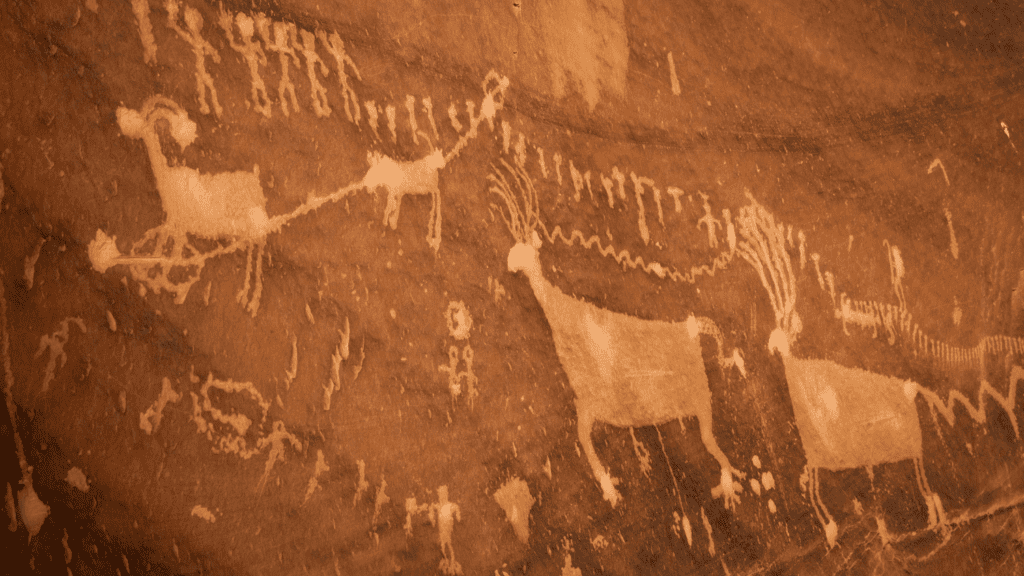
Ideographs and Logographs
Writing continued to evolve, transforming words and concepts into single characters, called ideographs. Followed by logographs, which used symbols to represent words and sounds.
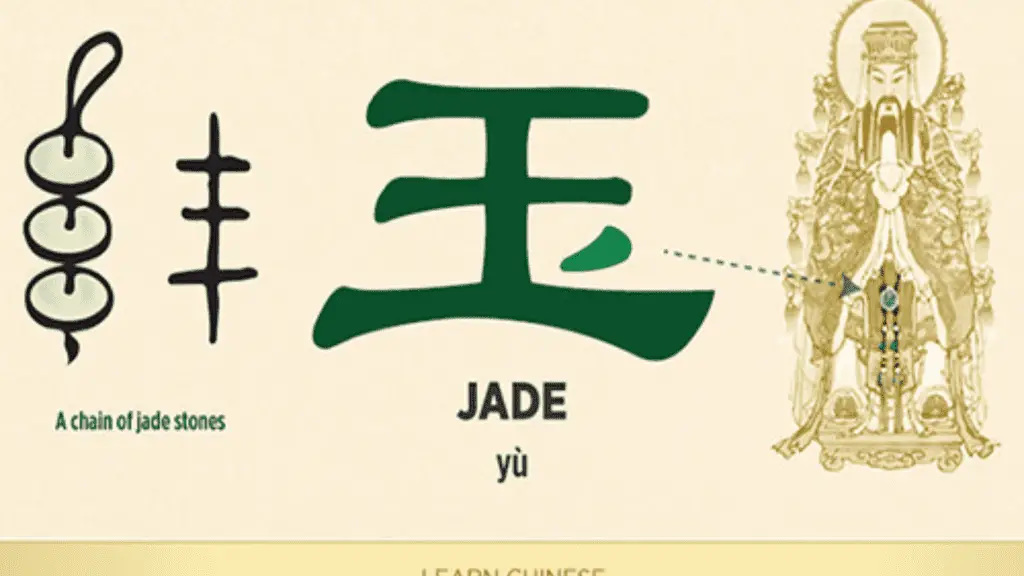
Your keyboard and calculator have some of these – $, @, %, +, 1, 2 3…
Calligraphy then came along and added feeling and expression to logographs, focused on bringing words to life, instead of simply writing things down.
Calligraphy Is Tied to Human History
Not every historical moment of importance is written in calligraphy; for instance, cuneiform which is the earliest example of writing, preceded calligraphy by a thousand years.
However, numerous significant historical moments were recorded in calligraphy, such as the Magna Carta, Declaration of Independence, and too many to put into an article.
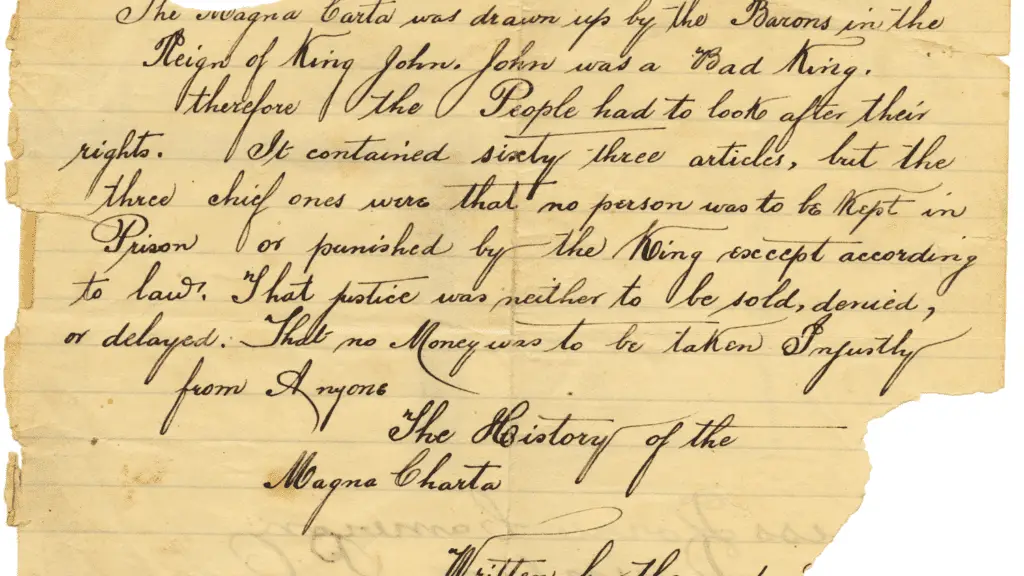
Both of those documents are examples of western calligraphy, which has many branches of styles on its own.
For those who speak and write in English, Foundation Hand calligraphy is the writing style that you may see most frequently.
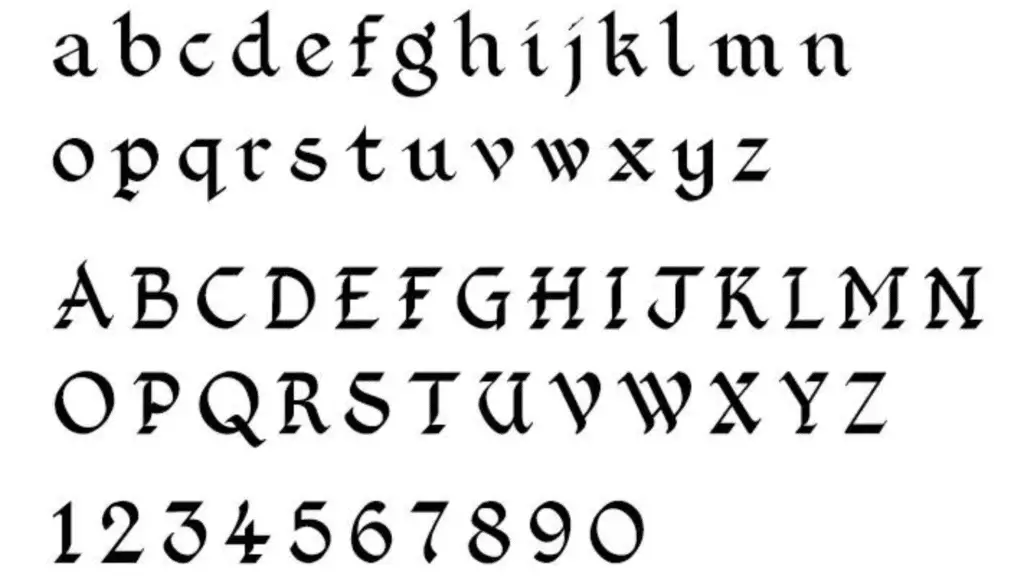
If you’re looking to get into calligraphy, definitely check out our courses for beginners.
I wrote a tutorial that helps beginners learn eight important strokes for writing calligraphy, practicing those on a Fountain Head alphabet, and finally a couple ways to practice on favorite books and movies. If that sounds interesting, you may need the right tools for the job.
If you found this truncated history of calligraphy interesting, leave a note in the comments. It’s a robust history, so if you have some cool tidbits to add, drop them there and I’ll see if I can share them in the article too.

